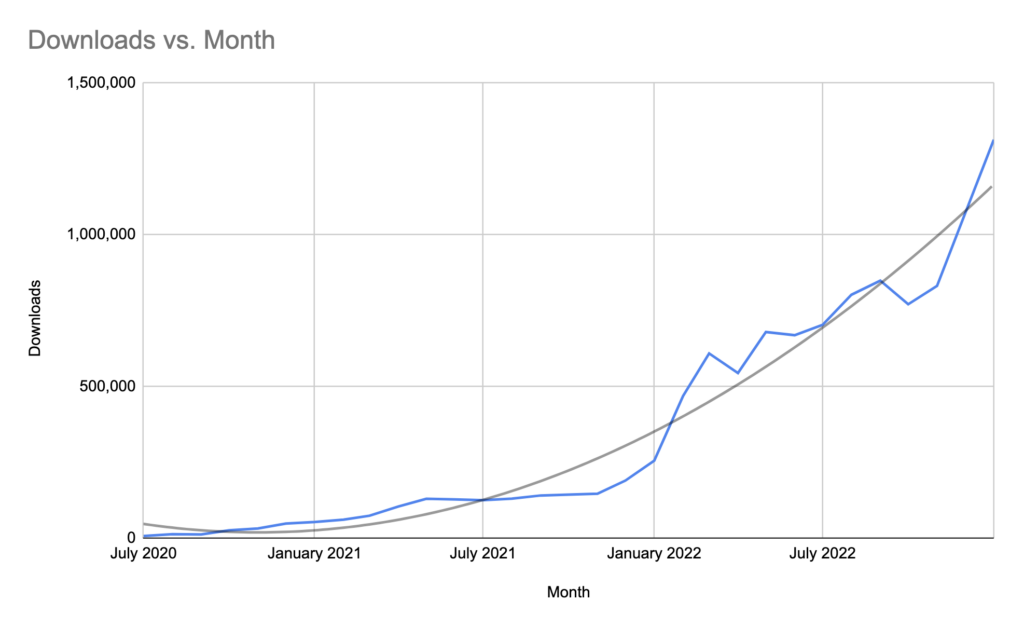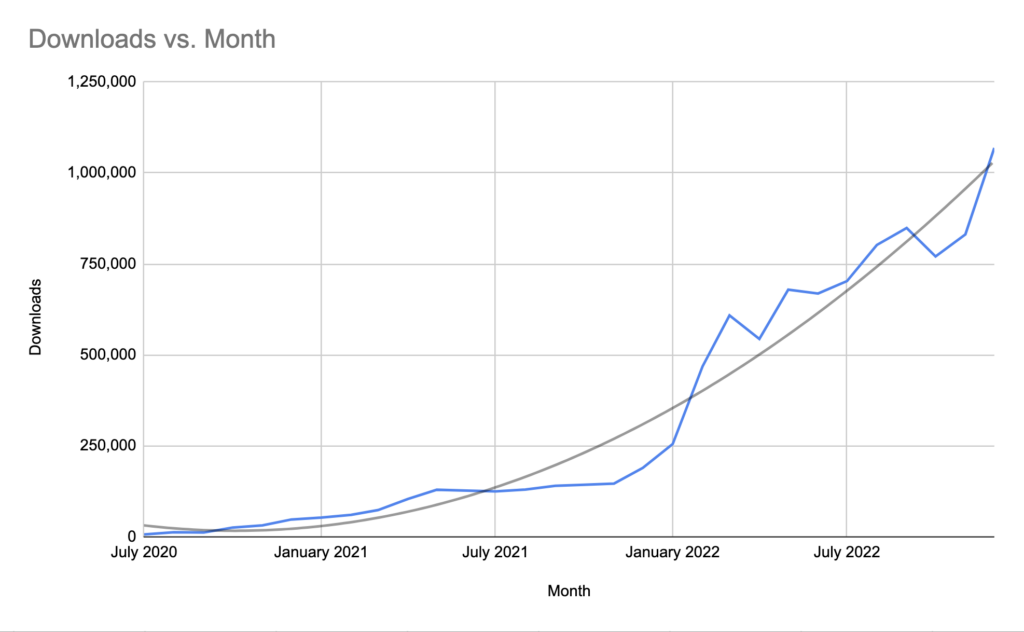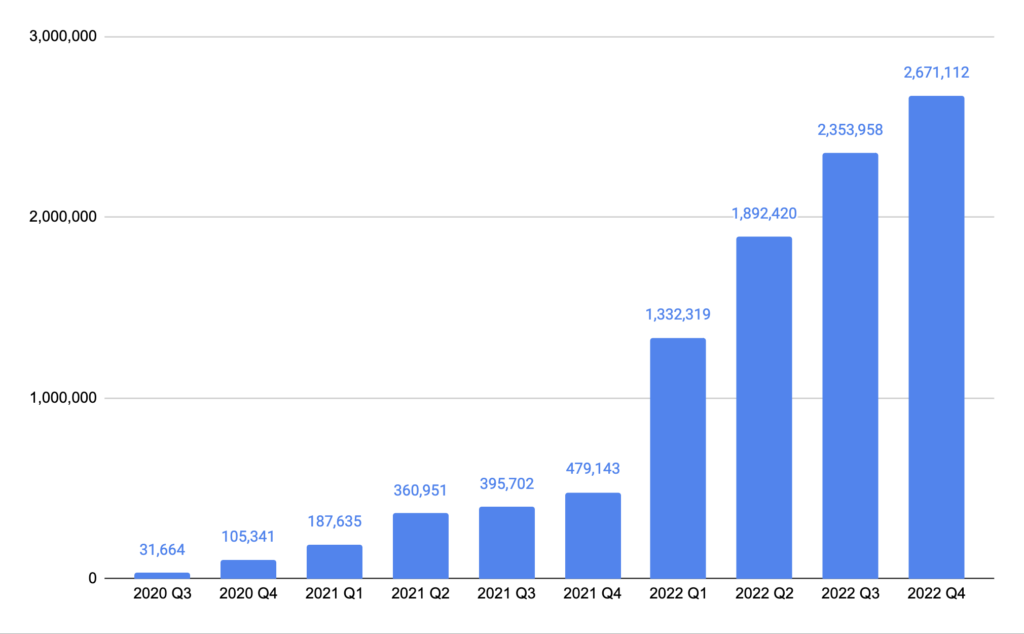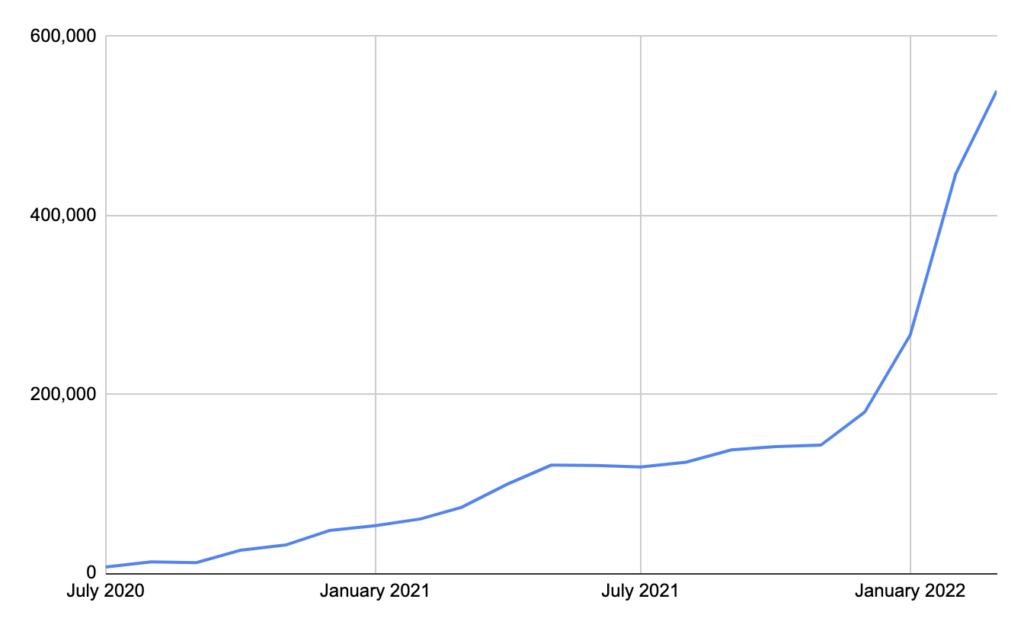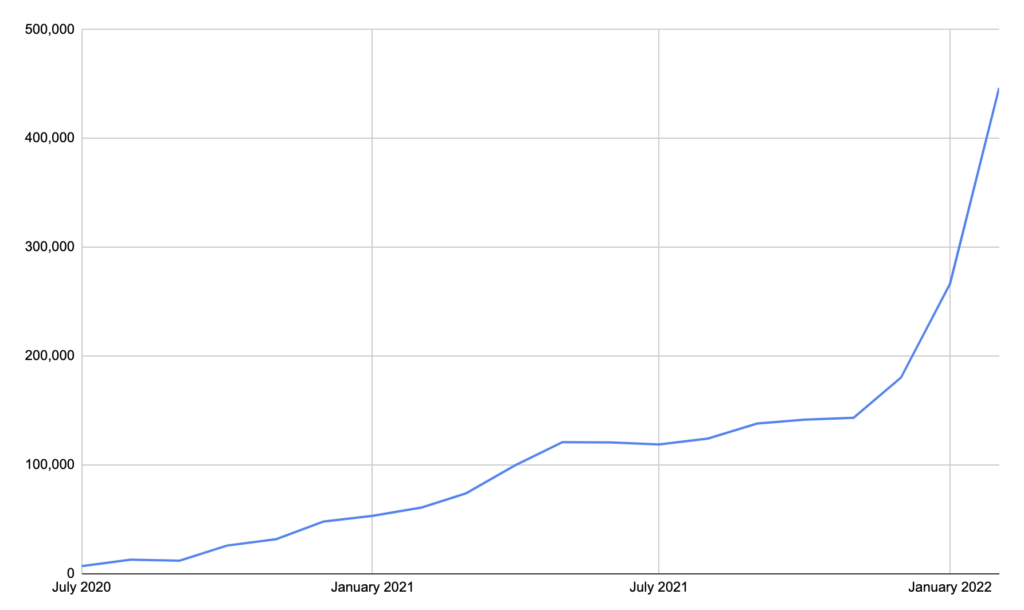On July 1, 2020, I dove into the deep end of the pool and launched a daily podcast. It wasn’t just a daily podcast, but it was a daily scripted podcast. Each episode was approximately 10 minutes long (although they have gotten about 20-30% longer since I’ve launched) and each episode had a complete script written for it.
Everything is done by myself. I am the writer, host, researcher, editor, producer, and head of marketing.
When I pitched the idea of a daily, scripted podcast to my friends with successful podcasts, they all had the same reaction: 1) this was a really good idea, and it will probably do well, and 2) you are crazy for doing this.
Two years and 740 shows later, I’ve learned a lot about producing a daily show. Here are some of the lessons I’ve learned…
Lesson 1: The Show Must Go On
The single most important thing when you are producing a daily show is that you have to get it out the door.
The perfect is the enemy of the good.
Just like a daily newspaper has to get the presses running by a certain time to make sure all their subscribers have the paper when they wake up, so too does a daily podcast have to get their show recorded and uploaded by a certain time.
The promise of having the show ready for download every day is part of having a daily show. If you can’t ship every day, then this is definitely something you don’t want to consider doing.
Lesson 2: Get Your Process in Order
To get a show out the door every day, you need to have systems in place to save time and have an efficient workflow process.
One of the most time-consuming elements for most podcasters is editing. Because my show doesn’t have guests, I’m able to record my show with minimal editing.
By far, the most time-consuming thing for me is writing and research. Every day, I have to research and write an 1800-2100 word script.
Having done 740 episodes, I now have a system in place where if I’m really comfortable with the show topic, I can usually write an episode in as little as 2-3 hours. Some shows take as long as 4-6 hours. A few have taken as long as 8 hours.
If you want to launch a daily podcast, I recommend you figure all this out before you launch. Record some test episodes and pay attention to the time it takes from start to finish.
Lesson 3: You Have to Commit
Most podcasts will end before they hit seven episodes. Almost all of the shows that podfaded were published on a schedule that was weekly or less.
There are very few daily podcasts out there for good reason. I don’t have the data, but I would suspect that most daily shows are radio programs that are repurposed as podcasts.
I don’t think you can do a daily podcast as a hobby. I mean, you could, but the temptation to skip a day would be too great.
You have to treat it like a job. You go to work, you put in the time, and you get the job done before you can rest.
Lesson 4: A Daily Podcast Has Benefits
There are many variables that are part of the equation for podcast growth. One is obviously the quality of the show. Another big variable is how long the show has been around. The other big variable is the number of episodes you have produced.
Each episode is an opportunity for discovery. Each episode can be found via search or shared by listeners, regardless of its length.
A daily show will get you the most episodes in the shortest amount of time. It doesn’t guarantee growth, but it can accelerate it if you market the show properly.
A daily show also allows you to put more ads in a given amount of time without appearing to be onerous to your audience.
Just to make the math easy, let’s say you published a 10-minute show 6-days a week. Sixty total minutes of content per week.
If each show had one advertisement, you’d run 6 for the week, and two ads would be 12 for the week. 1 or 2 ads per episode don’t appear to be overwhelming, especially if you keep the ads reasonably short (1 minute or less).
However, 6 to 12 ads in a single 60-minute weekly podcast would probably come across as excessive.
Lesson 5: Daily Podcasts Have Different Consumption Patterns
What I’ve found (and I freely admit this is anecdotal evidence and not hard data) is that more frequent, shorter shows tend to be consumed before longer shows.
A 2-hour interview podcast will require a lengthy commitment of time. A 10-minute show can be started and completed in a short trip in your car.
If you know you won’t complete a longer podcast, you will probably listen to the shorter shows and get them out of your queue.
I contend that most podcast listeners will listen to shorter shows first and will tend to listen to a higher percentage of the entire show. (Again, I have no hard data on this, but it is consistent with what I’ve seen.)
I would like to see some more research on this subject to see if my suspicions are correct.
TLDR
There are rewards to doing a daily podcast, but if you do it, you had better be prepared to put in the work and have systems in place to allow you to produce and publish the show every day.
